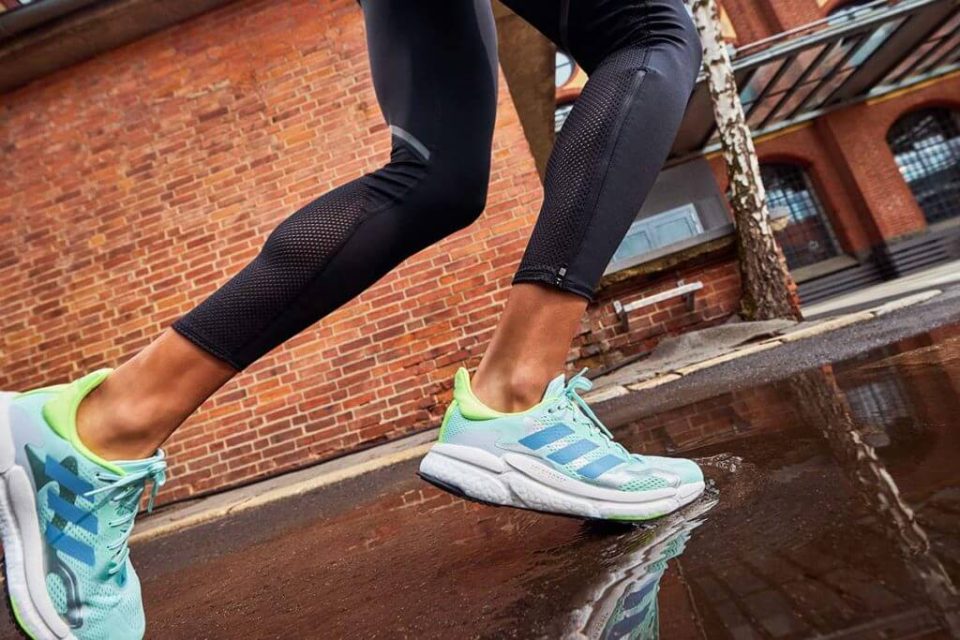What happens when you finish your workout? Does the body continue burning extra calories? Here’s how the afterburn effect for runners works and what you have to do to reap the biggest benefits.
What is the Afterburn Effect?
First things first, what is the afterburn effect in general? The afterburn effect is simply additional energy expenditure that occurs after training. Meaning that if you train strategically, you can burn even more calories after you have already completed your workout, like running.
How it works: The impact for runners
The technical term for the afterburn effect is “excess post-exercise oxygen consumption,” or EPOC, which gives you a hint to what’s going on.
After each exercise, your body needs to:
- Replenish energy stores
- Regulate temperature, breathing, heart rate, and hormone levels
- Remove/convert metabolic byproducts (such as lactate, carbon dioxide)
- Replace oxygen stores
- And much more…
Important:
All these processes require oxygen, which is why oxygen consumption rises after exercise (EPOC). This requires extra energy; therefore, some additional calories will be burned on top of those during your workout.
The size and duration of the afterburn effect significantly varies among workouts. So, what will give you the biggest afterburn effect?
Training intensity is crucial when it comes to EPOC:
- HIIT training is the best way to benefit from the running afterburn effect.
- Additionally, tempo runs, fartleks and interval workouts are excellent ways of creating a running afterburn effect.
Especially for runners, HIIT-style exercise performed regularly (1-3 x per week, depending on your fitness level) can make you faster and stronger. Of course, a slower steady run also burns calories, but the running afterburn effect of a slower run isn’t as significant as it would be after HIIT or interval training, for example. On the other hand, a longer, but still intense continuous run can have a notable afterburn effect. It is worth noting that longer workouts often end up with a larger total calorie burn (workout + EPOC).
Examples:
The following running workouts could potentially have a notable afterburn effect:
- 5 x 1-minute long “all-out” run with 4 minutes rest
- 30-minute interval run alternating 3-minutes of high intensity and 3-minutes of low intensity
- 60-minute run at continuous moderate intensity
Hint: if you can hold a conversation by the end of the run, the intensity is probably not high enough to trigger a high afterburn effect!
What about strength training?
We recommend a well-balanced combination of both running and strength training for the best training results.
Good to know:
Regular strength training is important to increase overall strength and maintain (or even build) muscle mass. Through strength training, runners can improve coordination, range of motion, and injury resistance. It can positively influence running performance and overall health (e.g., glucose metabolism, bone density, cardiovascular health…)
You can perform HIIT and interval training with bodyweight exercises like lunges, dips, or push-ups and realize the benefits of EPOC as well. The effect will still depend on the intensity and the duration of the workout. The fitter and stronger you are overall, the more intense workouts you can do! The more intense workouts, the higher the afterburn effect and total calorie burn you can achieve in the same amount of time.
Conclusion: Running afterburn effect – how significant is it?
Is the running afterburn effect a noteworthy phenomenon? Yes. But the reality is that the calories burned during exercise are always higher than the calories burned after your workout. Of course, the exact number of calories burned will vary from person to person, but research notes that EPOC can increase calorie burn by 7-14%.(1)
Example: for an intense running workout that burns 500 calories, the afterburn could be estimated between 35 and 70 calories in total. One small apple has about 75 calories. A higher total calorie deficit (how much calories you eat minus what you burn through exercise) is still the key if your goal is weight loss, and the afterburn effect can help achieve that deficit.
,

